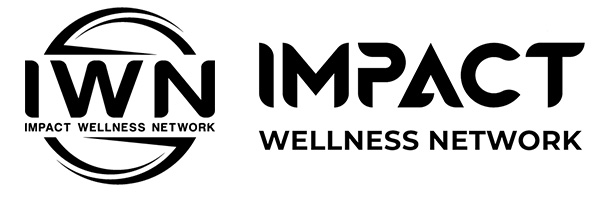In the ever-shifting landscape of substance abuse legislation and mental health policy, Casey’s Law stands as a beacon of hope for families grappling with the addiction of a loved one. This article dives into the profound impact that Casey’s Law has had on individuals and communities, shedding light on its mechanism, the changes it has brought about in legal intervention, and the support it offers to those who are often left feeling powerless in the face of addiction.
Understanding Casey’s Law: A Beacon of Hope
At its core, Casey’s Law—a legal option available in many states in the US—empowers families and other concerned parties to request court-ordered treatment for individuals with substance use disorders. Aimed at those who are unable or unwilling to seek help voluntarily, it provides a vital lifeline for those fearing the life-threatening effects of addiction.
The law is named after Casey Wethington, a Kentucky resident who lost his life to a heroin overdose in 2002. An initiative by his mother, Charlotte, Casey’s Law has since been enacted in multiple states and is recognized for its potential to save lives.
The Mechanism and Execution of Casey’s Law
Under Casey’s Law, family members, friends, or healthcare professionals can petition the court, detailing the individual’s history of substance abuse and the harm it causes. The court then holds a hearing to assess the evidence and determine whether compelled treatment is necessary. If upheld, the court can mandate a person to undergo an evaluation to determine the need for treatment and if found necessary, issue an order for involuntary treatment.
This process is not about punishment, rather, it is a compassionate approach that can lead to stipulations for the individual to complete the treatment program. It is a step towards breaking the cycles of addiction and can provide a controlled environment necessary for recovery.
Improvements and Limitations: Evolving the Law’s Role
While Casey’s Law has been a beacon of hope, it is not without its limitations. The subjective nature of assessing when it’s appropriate to compel an individual into treatment and the enforcement of post-treatment conditions are areas for potential reevaluation. As it continues to evolve, there’s a need to ensure that Casey’s Law remains balanced and fair, protecting the rights of the individual while offering support to families in distress.
Moreover, its success is contingent on access to quality treatment services, the availability of financial resources, and the willingness of the person to engage in the recovery process. Ongoing discussions on these topics can lead to a more effective and inclusive implementation of the law.
The Legal Landscape and Public Health: Bridging the Gap
The intersection of legal frameworks and public health has become a critical battleground in the fight against substance abuse. Casey’s Law is part of a broader movement that recognizes addiction as a public health issue and responds with a multifaceted approach. It highlights the need for legal tools to align with the medical and psychological complexities of substance abuse disorders, fostering a coordinated effort that prioritizes the holistic health of individuals and communities.
This cross-disciplinary dialogue paves the way for more comprehensive policies and a legal environment attuned to the realities of addiction. It also encourages the alignment of legal services, healthcare systems, and community resources to better address the challenges of substance abuse and mental health issues.
Supporting Families Through Crisis: The Role of Community Outreach
The implementation of Casey’s Law is not a standalone solution. Community outreach, education, and support networks are essential to guide families through the emotional, legal, and practical challenges they face when seeking intervention for a loved one. These supports can include access to legal resources, mental health professionals, and addiction specialists who can provide the assistance needed to navigate the process effectively.
By strengthening community partnerships and developing protocols for support, the influence of Casey’s Law can be magnified. It is through these grassroots efforts that the law’s impact extends from the courtroom to the homes of those in need.
Reach Out to Impact Wellness Network – Addiction Treatment Center Today
If you or someone you know is struggling with substance abuse, do not hesitate to reach out for help. Impact Wellness Network – Addiction Treatment Center provides evidence-based treatment programs and personalized care for individuals seeking recovery from addiction.
Our compassionate approach and comprehensive services can guide you towards lasting sobriety and a healthier life. Contact us today to learn more about our programs and begin your journey to wellness.

